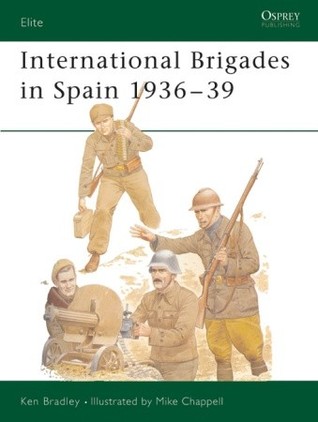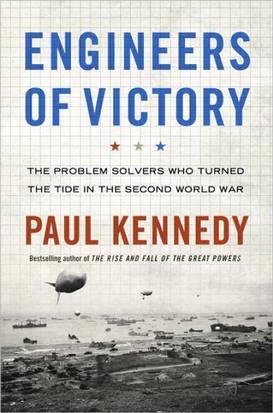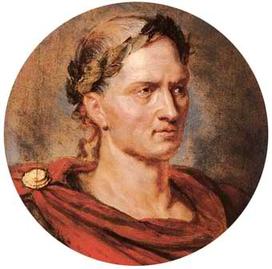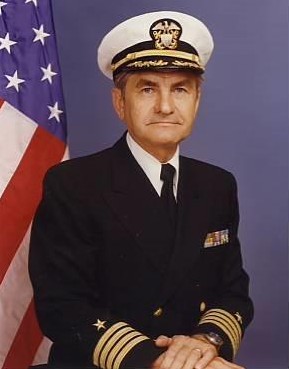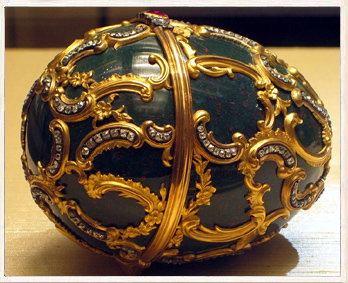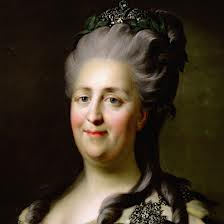 Fox Sunlight Pictures. Mira Nair, director. Hilary Swank and Richard Gere lead actors. Ron Bass and Anna Hamilton Phelan screen-play writers. 111 minutes. 2009.
Fox Sunlight Pictures. Mira Nair, director. Hilary Swank and Richard Gere lead actors. Ron Bass and Anna Hamilton Phelan screen-play writers. 111 minutes. 2009.
So I’m tardy with this review. Not so. I published it in In Sync magazine in its January 2010 issue—shortly after I viewed this film. Now that my new social media is functioning, I’m publishing it again. It synchronizes with my upcoming short story book Aviators, Adventurers, and Assassins which contains a flagship documentary-style novella that reveals the skullduggery extant on Earhart’s last flight, entitled Amelia. (See sheltoncomm.com)
I’m an ol’ codger. Amelia Earhart was an icon in my youth. As an eight-year old nipper, I remember clearly where I was and what I was doing when I heard on the radio broadcast that Amelia Earhart was missing somewhere near Howland Island in the Central Pacific. Yes, I’m that young. With the massive search conducted by the US Navy, I was confident that they’d find her. To no avail, unfortunately. Accordingly, I have a vested interest in Amelia Earhart.
To paraphrase Ernest Hemingway, Amelia is an awful film. It’s a great film.
Let’s explore “awful” first. Amelia is a mishmash of miscellaneous scenes that lack coherence and purpose. This film stumbles along some path I cannot discern. If the viewer does not know the details of Amelia’s life, they may well wonder, when the lights come on, What was this film about?
Infrequently does Amelia engender empathy. Without empathy, there is no involvement, entertainment, or communication. On the whole, directing and acting are pedestrian—save Swank, from time-to-time. Gere is wooden—not the robust hustler that was George Putnam.
I cringed that far, far too many close-ups show the actors staring into space looking at something off screen, or infernally smiling about something we cannot fathom or see. Amelia is more of a romantic film than an autobiographical film of the dynamic aviatrix. Perhaps, I expected too much.
Technical errors are myriad. No need to discuss here; there’re posted on IMDb. However, I’ll discuss a few that particularly vex me. This film overlooks the fact that Amelia Earhart was a mediocre pilot, at best. That’s what killed her. She was over confident, stubborn, and had a narcissistic ego. She believed Putnam’s publicity. She failed to listen to her mentor, Paul Mantz, about learning Morse code and using the long-range antenna to transmit its signals. She was palpably ignorant about radio procedures and its technical factors. Her refusal to practice radio protocols with her guide ship, the USCGC Itasca is particularly troubling and is the direct reason of her death.
The last scene is a disaster—a collage of technical nonsense. Earhart is lost. She cannot find Howland. She is low on petrol. And she cannot communicate with the Itasca with congruity. Again prior knowledge of these few critical minutes is essential to understanding this scene and her fate.
If I were directing this last scene, we’d see the Electra from a high-angle, rear shot flying over the ocean and receding in size until it disappears. On the soundtrack, we hear the twin-engines on the Electra purring loudly. As the Electra decreases in size, the volume of the engines reduces in synchronization with the visuals. Mixed with the engine sounds, we faintly hear the jumbled voice radio-communications between Amelia and the Itasca. This voice also fades in volume. Shortly we hear the engines supper, cough, and quit, one by one. Then silence as the Electra disappears from view.
It’s a great film. I was disappointed that Art Direction did not get a nomination for an Academy Award. Airplanes, props, costumes, and automobiles set an authentic 1930s ambiance. Swank is Amelia—outstanding look-alike with makeup, hairstyle, and clothes. Most of the flying scenes of the ol’-time airplanes are spectacular—even the computer generated. The blending of newsreel footage into the narrative is excellent. Lastly, the Richard Rogers and Lorentz Hart tune Blue Moon sung by a pretend Billie Holiday stirs the soul.
